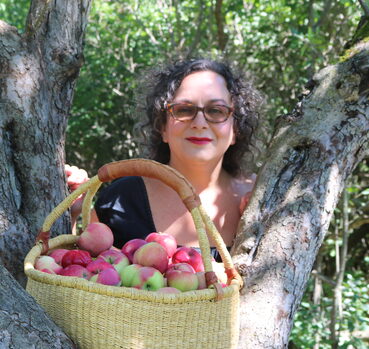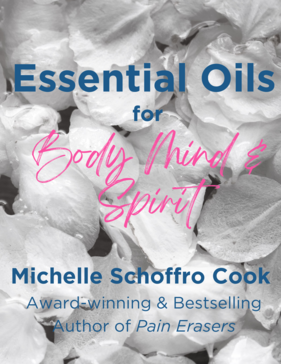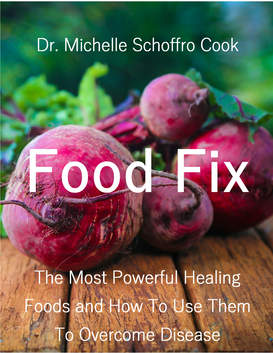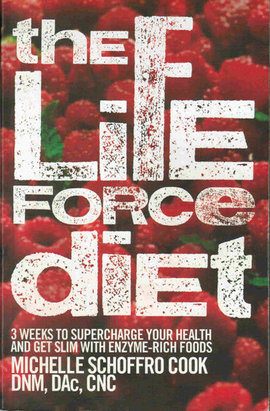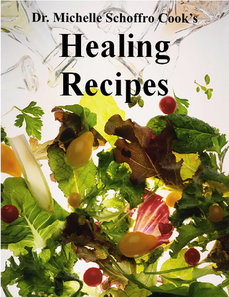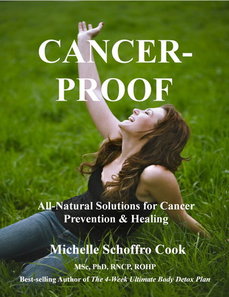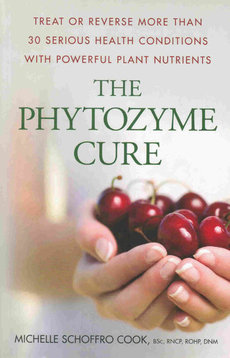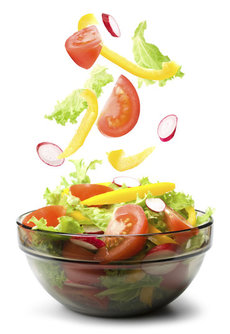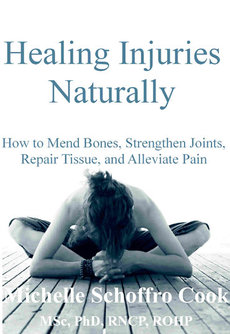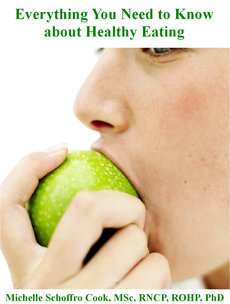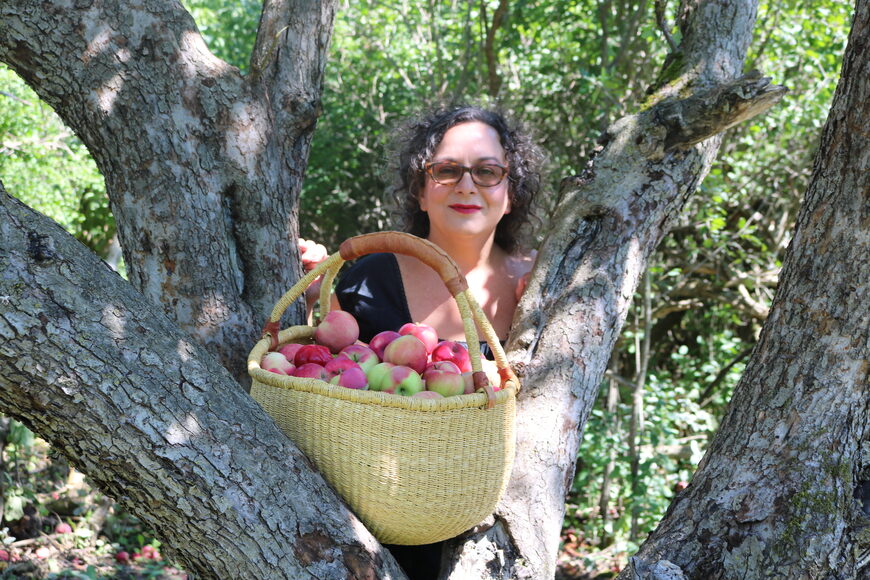
Imagine buying a densely-forested acreage, beginning to remove invasive brush and trees to create walking trails, only to discover a lost orchard of massive, Victorian-era, heritage apple trees hidden among the forest...that's the beginning of this fairy-tale-like adventure that I am thrilled to share with you.
After many months of renovations, restorations, installations, and what felt like endless amounts of cleaning of my newly-purchased 130-year-old Victorian farmhouse, I finally lifted my head from what had begun to feel like never-ending drudgery and took to the land to clear the dust from my mind. After a frustrating day of work, I decided that I wanted a trail system through the forest on my land so I could enjoy regular nature walks. Slowly but surely, I began cutting through the dense invasive forest and overgrown brush.
Each day, I ventured further out into the forest until I discovered a massive thirty-foot apple tree, then another gnarly old apple tree that was about twenty-five feet wide. As I cut through the invasive trees and brush, I began to discover an ever-increasing number of gorgeous, old heritage apple trees. Statuesque by comparison to today’s varieties which are usually under twelve feet tall, I couldn’t believe my eyes or my taste buds: these apples are explosions of flavours that range from pear-like to apple wine, and even to a variety that tastes like coronation grapes and another like oranges.
The journey was slow and arduous so it’s not surprising that it took several months before the full magnitude of the situation hit me. I am the proud owner of a lost, Victorian-era apple orchard of over seventy trees—a dream come true for me as I’ve always wanted an apple orchard!
Since that realization, I’ve begun a cataloguing and identification project, of the rare varieties, which bear no resemblance or taste similarity to today’s apples. Most of the apples have extremely dense flesh, much denser than today’s soft and pulpy varieties. Some are yellow with red polka-dots, others are green with a pink blush, some have yellow undersides with coral tops, while others are brilliant coral-red, and still others are green with almost black spots.
Even after countless hours scouring websites, I have yet to find the bulk of the varieties anywhere else (so far, I believe I have identified Black Oxford, Greasy Skins, Newtowne Pippin, Snow, and the extremely-rare Junaluska varieties of apples). To say they are unique and unlike any apples found in today’s orchards or grocery stores would be a serious understatement.
Better yet, it’s clear that these apples have been organically-grown for years, if not for their full lifespan, so I don’t have to worry about genetic modification or toxic pesticides that may potentially cause cancer, nerve or brain damage, or other serious health concerns. And, if that wasn’t enough, based on the surrounding invasive trees that blocked (and continue to block access to most of the trees), it is clear that most of them had been forgotten for at least a few decades. That suggests that they have survived extreme cold (the Lost Orchard is located in the Ottawa, Canada-region), droughts, flooding, pests, and many other challenges, which means they are incredibly hardy.
Additionally, unlike most of today’s apples which ripen in August or September, the apples in the Lost Orchard are ready for eating between July and November, including some varieties that survive after early frosts and snowfalls.
I still have a vast amount of brush to clear and plentiful amounts of skin-piercing, thorny buckthorn and prickly ash that makes the job all the more treacherous, but beyond it lies my beloved apple orchard. In some ways battling the thorny and tough landscape to reveal the forgotten and beautiful rewards has been a metaphor for life.
Prior to discovering this orchard, I had endured a horrific string of hardships that challenged me to my core, but I kept going, believing in brighter times ahead. Today, I've never felt more alive as I help to restore food diversity and preserve the living history and legacy of these gorgeous apple trees. Every day is an exciting adventure worth waking up to embrace.
When internationally-renowned astrologer, Phil Booth, read my posts and saw some of my apple tree photos on social media, he exclaimed: “you’re living in a fairy tale.” And, he’s right: I spent over two decades fulfilling projects promoting food security, writing many books about healing foods, and writing hundreds of articles about various aspects of food biodiversity, all the while dreaming of owning an apple orchard.
I never imagined I’d awaken one morning to find an ancient, heritage apple orchard hidden on my newly-purchased property. Who knew that preserving food biodiversity could be so magical? Helping to ensure the food supply of the future: priceless.
Right now, I’m working to ensure that survival of the apple tree I’ve named Legacy due to its monumental size—estimated to be about four stories high. Make saving Legacy a part of your legacy!
Please show your support by making a donation (any size counts!) to the Lost Orchard. All donations go to the preservation and rehabilitation of these rare, historic, and stunningly beautiful apple trees.
